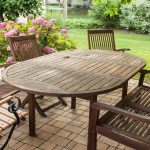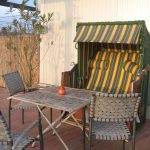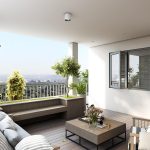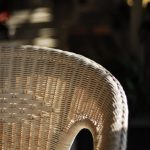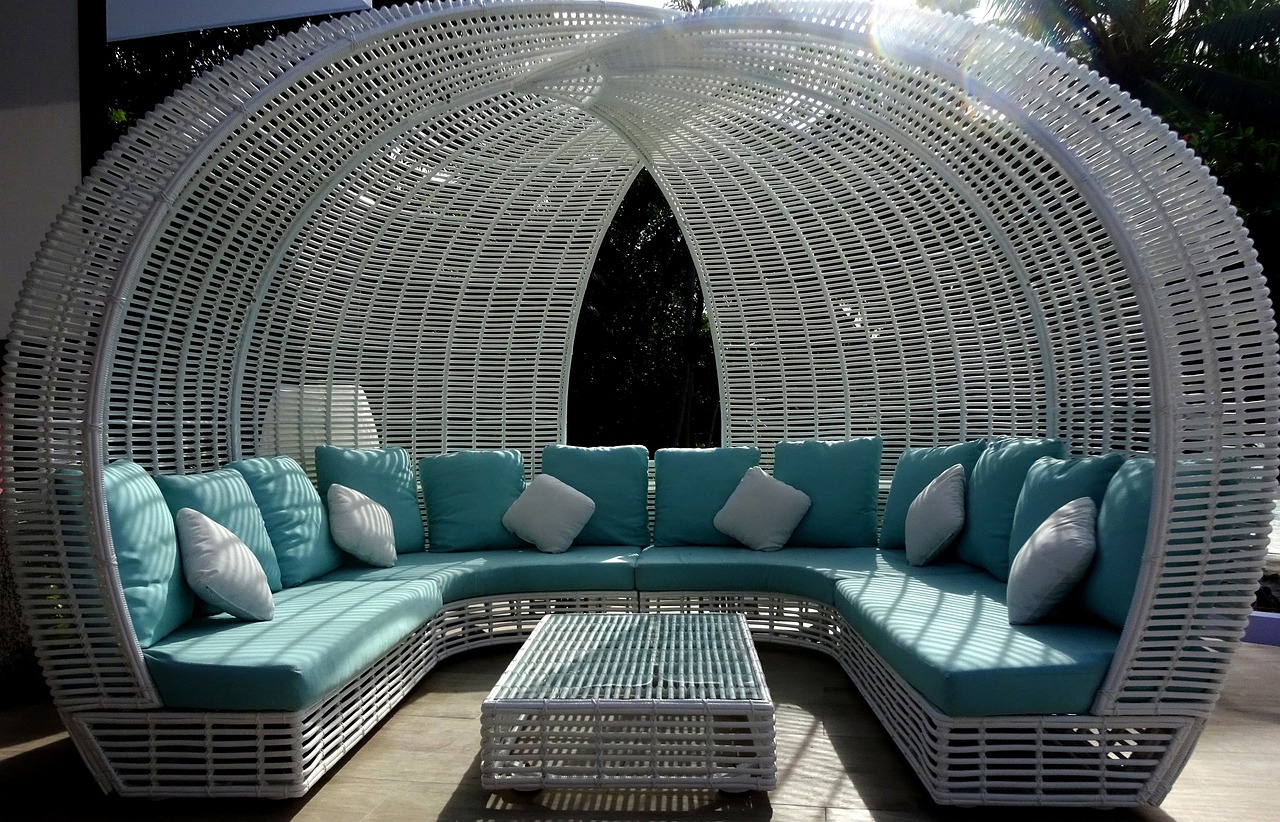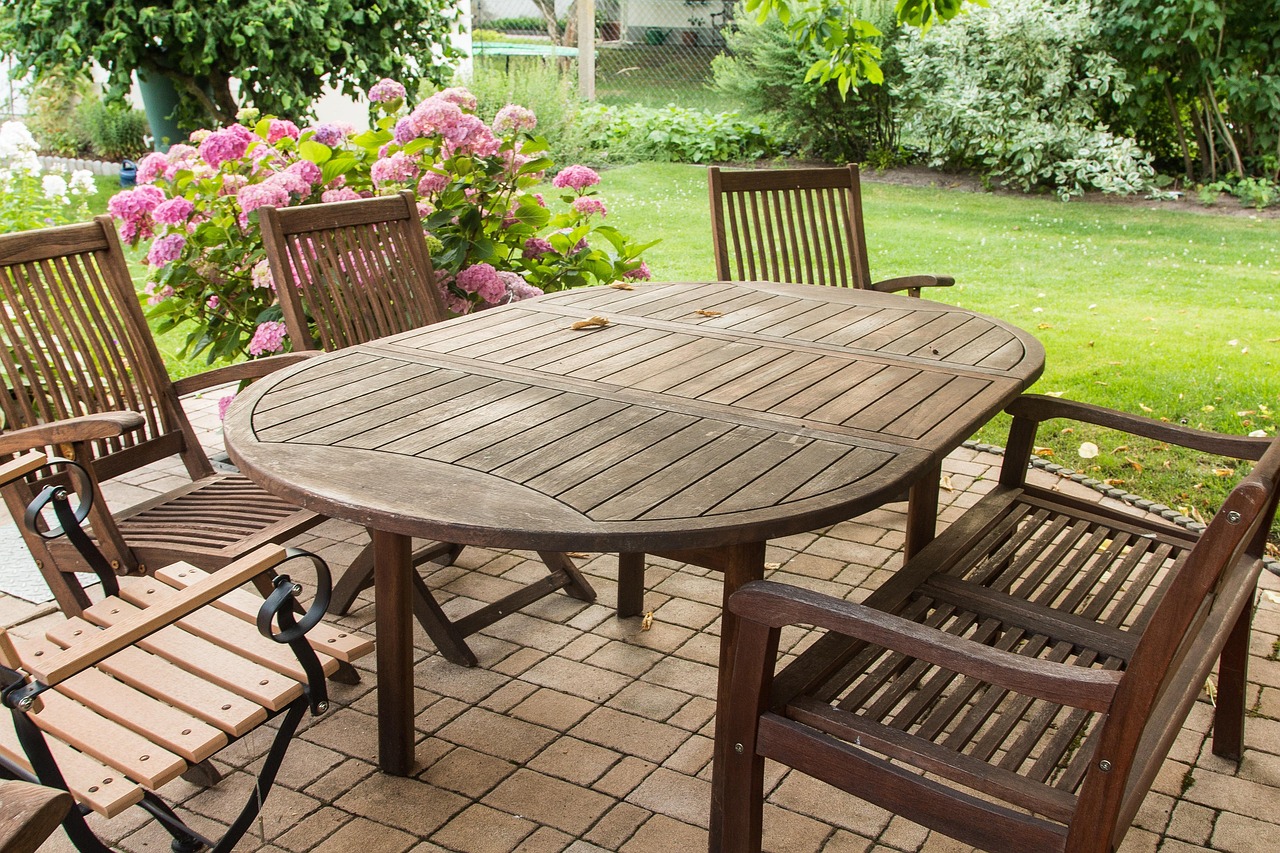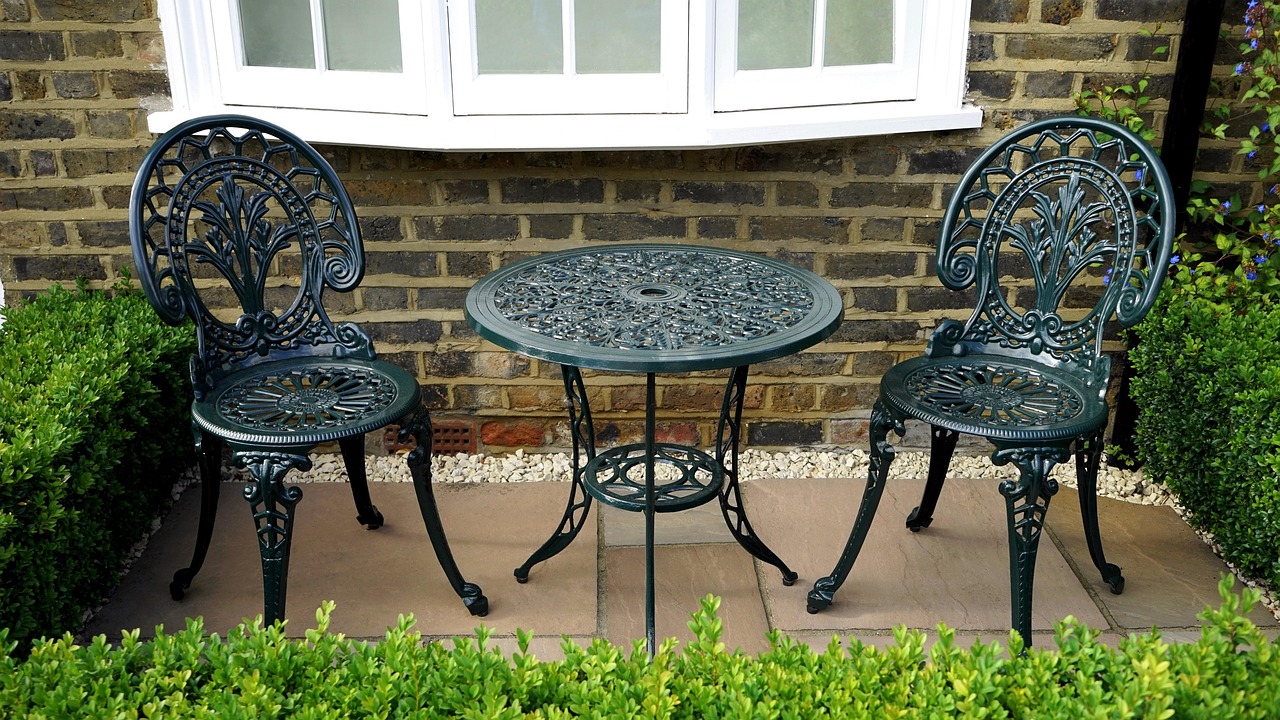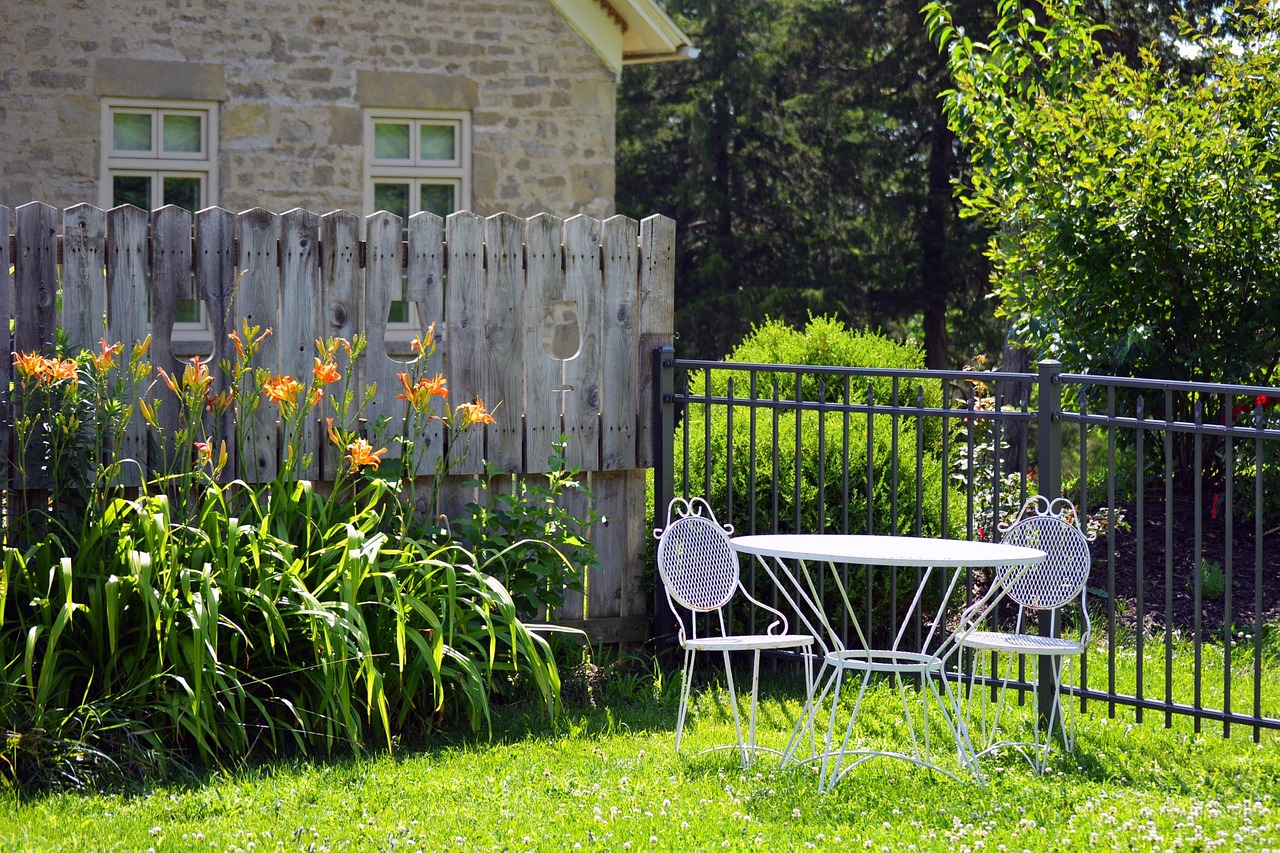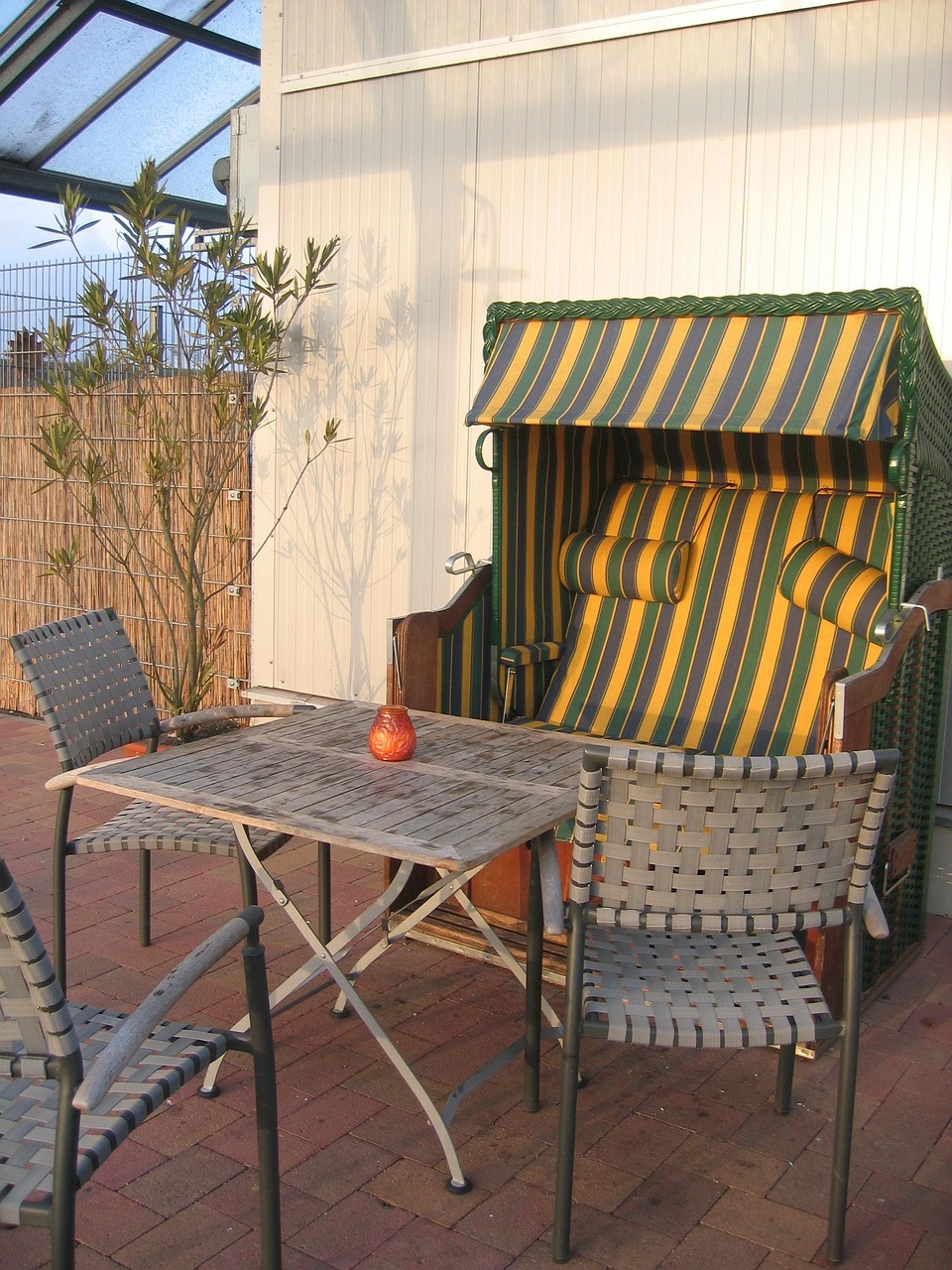Why Rattan Garden Furniture Is the Perfect Choice for Your Outdoor Space
Introduction to Rattan Garden Furniture
Understanding Rattan
Rattan is a naturally growing vine-like species found predominantly in the tropical regions of Africa, Asia, and Australia. Known for its durability and flexibility, rattan has been used for centuries in crafting furniture and other household items. The material is lightweight yet strong, making it an ideal choice for furniture that needs to withstand the elements while maintaining its aesthetic appeal.
Types of Rattan
Rattan furniture can be categorized into two main types: natural rattan and synthetic rattan.
Natural Rattan
Natural rattan is derived directly from the rattan plant. It is prized for its organic look and feel, offering a rustic charm that blends seamlessly with outdoor environments. However, natural rattan requires more maintenance to protect it from moisture and UV rays, which can cause it to deteriorate over time.
Synthetic Rattan
Synthetic rattan, often referred to as polyrattan or resin wicker, is made from polyethylene fibers. This type of rattan is designed to mimic the appearance of natural rattan while offering enhanced durability and weather resistance. Synthetic rattan is UV-resistant, waterproof, and generally requires less maintenance, making it a popular choice for outdoor furniture.
Craftsmanship and Design
Rattan garden furniture is renowned for its intricate weaving techniques and craftsmanship. The weaving process involves interlacing the rattan strands to create a sturdy and visually appealing structure. This craftsmanship allows for a wide range of designs, from traditional to contemporary, ensuring that there is a style to suit every taste and outdoor setting.
Versatility and Functionality
Rattan garden furniture is incredibly versatile, available in various forms such as dining sets, lounge chairs, sofas, and daybeds. Its lightweight nature allows for easy rearrangement and storage, making it a practical choice for those who like to frequently update their outdoor space. The flexibility of rattan also means it can be shaped into a variety of forms, providing both comfort and style.
Environmental Considerations
When sourced responsibly, natural rattan is an environmentally friendly material. It is a renewable resource that grows quickly and can be harvested with minimal impact on the environment. For those concerned with sustainability, choosing furniture made from responsibly sourced rattan or opting for synthetic rattan made from recyclable materials can be a conscientious choice.
Aesthetic Appeal: Enhancing Your Outdoor Space
Versatility in Design
Rattan garden furniture is renowned for its versatility in design, making it an ideal choice for various outdoor aesthetics. Whether your outdoor space is modern, rustic, or traditional, rattan furniture can seamlessly blend in or stand out as a focal point. The natural texture of rattan adds an organic element that complements a wide range of styles. Its ability to be woven into intricate patterns allows for unique and eye-catching designs that can elevate the visual appeal of any garden or patio.
Natural and Timeless Look
The natural appearance of rattan furniture brings a timeless quality to outdoor spaces. Its earthy tones and organic texture create a warm and inviting atmosphere, making it a perfect choice for those who wish to maintain a connection with nature. The timeless look of rattan ensures that it remains stylish and relevant, regardless of changing trends. This enduring appeal means that investing in rattan furniture is not only a choice for the present but also for the future.
Customization Options
Rattan furniture offers a wide array of customization options, allowing homeowners to tailor their outdoor spaces to their personal tastes. From different weaves and patterns to a variety of colors and finishes, rattan can be customized to suit individual preferences. Cushions and upholstery can also be selected in a range of fabrics and colors, providing further opportunities to personalize the look. This level of customization ensures that each piece of rattan furniture can be a unique addition to any outdoor setting.
Complementing Natural Surroundings
Rattan furniture’s natural aesthetic makes it an excellent choice for complementing the surrounding environment. Its organic look harmonizes with the greenery and natural elements of a garden, creating a cohesive and serene outdoor space. The subtle elegance of rattan allows it to enhance the beauty of the natural surroundings without overpowering them. This harmonious integration with nature makes rattan furniture a perfect choice for those who wish to create a tranquil and aesthetically pleasing outdoor retreat.
Durability and Weather Resistance
Understanding Rattan’s Natural Strength
Rattan is a naturally robust material, derived from the fibrous stems of a type of palm found in tropical regions. Its inherent strength makes it an ideal choice for furniture that needs to withstand regular use and the elements. The dense fibers of rattan provide a sturdy framework that can support significant weight and resist wear and tear over time. This natural durability ensures that rattan garden furniture can maintain its structural integrity even after years of use.
Synthetic Rattan: Enhanced Durability
While natural rattan is strong, synthetic rattan, often made from polyethylene, offers enhanced durability. This man-made version is designed to mimic the appearance of natural rattan while providing superior resistance to environmental factors. Synthetic rattan is less prone to cracking, splitting, or fading, making it a popular choice for outdoor furniture that needs to endure various weather conditions.
Weather Resistance: Withstanding the Elements
UV Resistance
One of the key features of rattan garden furniture, particularly synthetic rattan, is its resistance to UV rays. Prolonged exposure to sunlight can cause many materials to fade or become brittle, but high-quality synthetic rattan is treated to resist UV damage. This treatment helps maintain the furniture’s color and structural integrity, ensuring it remains attractive and functional even after long periods in the sun.
Water and Moisture Resistance
Rattan garden furniture is designed to withstand moisture, an essential quality for outdoor use. Synthetic rattan is often water-resistant, preventing it from absorbing moisture that could lead to mold or mildew growth. This resistance makes it suitable for use in humid climates or near pools and other water features. Natural rattan, while not inherently water-resistant, can be treated with protective coatings to enhance its ability to repel moisture.
Temperature Fluctuations
Rattan furniture is also capable of withstanding temperature fluctuations. Synthetic rattan, in particular, is engineered to resist the expansion and contraction that can occur with temperature changes. This stability helps prevent warping or cracking, ensuring the furniture remains in good condition regardless of the weather.
Maintenance and Longevity
The durability and weather resistance of rattan garden furniture contribute to its low maintenance requirements. Synthetic rattan is easy to clean, typically requiring only a wipe down with a damp cloth to remove dirt and debris. Its resistance to environmental factors means it does not require frequent treatments or repairs, allowing it to maintain its appearance and functionality with minimal effort. This longevity makes rattan garden furniture a cost-effective investment for any outdoor space.
Comfort and Ergonomics
Design and Structure
Rattan garden furniture is renowned for its thoughtful design and structure, which prioritize user comfort. The natural flexibility of rattan allows for the creation of furniture pieces that conform to the body’s contours, providing a supportive and comfortable seating experience. The woven design of rattan furniture not only adds aesthetic appeal but also enhances its ergonomic properties by distributing weight evenly across the surface, reducing pressure points and promoting relaxation.
Cushions and Padding
The comfort of rattan garden furniture is further enhanced by the use of high-quality cushions and padding. These cushions are often made from weather-resistant materials that are both soft and durable, ensuring long-lasting comfort even in outdoor settings. The padding is designed to provide optimal support, with varying thicknesses and densities available to suit individual preferences. The combination of rattan’s natural give and the plushness of the cushions creates an inviting seating experience that encourages extended periods of relaxation.
Adjustable Features
Many rattan garden furniture sets come with adjustable features that enhance their ergonomic benefits. Reclining chairs, adjustable backrests, and extendable footrests are common features that allow users to customize their seating position for maximum comfort. These adjustable elements cater to a wide range of body types and personal preferences, ensuring that everyone can find their ideal seating arrangement. The ability to modify the furniture’s configuration also makes it versatile, accommodating different activities such as lounging, dining, or socializing.
Lightweight and Easy to Move
The lightweight nature of rattan furniture contributes to its ergonomic appeal by making it easy to rearrange and reposition. This mobility allows users to quickly adapt their outdoor space to suit their comfort needs, whether seeking shade, sun, or a change of scenery. The ease of movement also facilitates cleaning and maintenance, ensuring that the furniture remains in optimal condition for comfortable use over time.
Breathability and Temperature Regulation
Rattan’s natural breathability is another factor that enhances the comfort of garden furniture. The woven design allows for air circulation, preventing the build-up of heat and moisture that can lead to discomfort during prolonged use. This breathability is particularly beneficial in warm climates, where it helps to regulate temperature and maintain a cool seating surface. The combination of breathable materials and ergonomic design ensures that rattan garden furniture remains comfortable in a variety of weather conditions.
Eco-Friendly and Sustainable Choice
Renewable Resource
Rattan is a naturally renewable palm that grows abundantly in tropical regions, particularly in Southeast Asia. Unlike hardwood trees, which can take decades to mature, rattan can be harvested in just two to three years. This rapid growth cycle makes it a highly sustainable resource, as it can be replenished quickly without causing significant environmental impact. The use of rattan helps to reduce the demand for timber, thereby contributing to the preservation of forests and biodiversity.
Low Environmental Impact
The process of harvesting and processing rattan has a relatively low environmental impact compared to other materials. Rattan is typically harvested by hand, which minimizes the need for heavy machinery and reduces carbon emissions. The processing of rattan into furniture involves minimal chemical treatments, ensuring that the production process remains eco-friendly. This low-impact approach helps to maintain the ecological balance in the regions where rattan is grown and harvested.
Biodegradable and Recyclable
Rattan is a natural material that is both biodegradable and recyclable. At the end of its life cycle, rattan furniture can decompose naturally without releasing harmful toxins into the environment. This biodegradability ensures that rattan does not contribute to the growing problem of landfill waste. Furthermore, rattan can be recycled and repurposed into new products, extending its life cycle and reducing the need for new raw materials.
Supports Local Economies
The cultivation and processing of rattan provide economic benefits to local communities in developing countries. Many rattan products are crafted by skilled artisans who rely on this industry for their livelihoods. By choosing rattan garden furniture, consumers support sustainable economic development and help to improve the quality of life for these communities. This support encourages the continued practice of sustainable harvesting and production methods, further enhancing the eco-friendly nature of rattan furniture.
Promotes Forest Conservation
Rattan cultivation can play a significant role in forest conservation. It often grows in conjunction with other plant species, promoting biodiversity and helping to maintain healthy ecosystems. The economic value of rattan provides an incentive for local communities to preserve forested areas rather than converting them to agricultural or urban use. This conservation effort helps to protect vital habitats and combat deforestation, contributing to global environmental sustainability.
Versatility in Design and Style
Wide Range of Designs
Rattan garden furniture is available in a vast array of designs, catering to diverse tastes and preferences. Whether you prefer a modern, sleek look or a more traditional, rustic style, rattan furniture can accommodate your aesthetic desires. The flexibility of rattan as a material allows for intricate weaving patterns and unique shapes, making it possible to find pieces that are both functional and visually appealing. From minimalist designs with clean lines to more elaborate, ornate styles, rattan furniture can seamlessly integrate into any outdoor setting.
Color Options
Rattan furniture is not limited to its natural, earthy tones. It can be found in a variety of colors, allowing homeowners to match their outdoor furniture with their existing decor or landscape. Whether you want to maintain a neutral palette with shades of brown and beige or introduce a pop of color with vibrant hues, rattan furniture offers the flexibility to do so. This adaptability in color selection ensures that your outdoor space can reflect your personal style and complement the surrounding environment.
Modular Configurations
One of the standout features of rattan garden furniture is its modular nature. Many rattan sets are designed to be rearranged and reconfigured to suit different occasions and spaces. This modularity allows for a high degree of customization, enabling you to create a seating arrangement that fits your specific needs. Whether you are hosting a large gathering or enjoying a quiet evening with family, rattan furniture can be easily adjusted to provide the perfect setup. The ability to mix and match pieces also means that you can expand your collection over time, adding new elements as your outdoor space evolves.
Indoor and Outdoor Use
Rattan furniture is not confined to outdoor use alone. Its stylish design and comfortable construction make it an excellent choice for indoor spaces as well. This dual functionality means that you can create a cohesive look that extends from your indoor living areas to your outdoor patio or garden. The versatility of rattan furniture in bridging indoor and outdoor spaces enhances its appeal, providing a seamless transition that blurs the lines between interior and exterior design.
Maintenance and Care Tips
Regular Cleaning
Dust and Debris Removal
Rattan garden furniture should be regularly cleaned to maintain its appearance and longevity. Use a soft brush or a vacuum cleaner with a brush attachment to remove dust and debris from the crevices and surface of the furniture. This prevents dirt from accumulating and becoming ingrained in the material.
Washing
For a more thorough clean, wash the furniture with a solution of mild soap and warm water. Use a soft cloth or sponge to gently scrub the surface, ensuring you reach into the weave of the rattan. Rinse with clean water and allow the furniture to air dry completely before use.
Protection from the Elements
Sunlight Exposure
Prolonged exposure to direct sunlight can cause rattan to fade and become brittle. Position your furniture in a shaded area or use a parasol to protect it from harsh UV rays. Consider applying a UV-protective spray to add an extra layer of defense against sun damage.
Rain and Moisture
Rattan is susceptible to damage from excessive moisture. During rainy seasons or when not in use, cover your furniture with waterproof covers to prevent water from seeping into the material. If the furniture does get wet, dry it thoroughly with a towel and allow it to air dry completely.
Preventing Mold and Mildew
Ventilation
Ensure your rattan furniture is placed in a well-ventilated area to prevent the growth of mold and mildew. Good airflow helps to keep the material dry and reduces the risk of fungal growth.
Cleaning Mold
If mold or mildew does appear, clean it promptly with a mixture of vinegar and water. Apply the solution with a soft cloth, scrub gently, and rinse with clean water. Allow the furniture to dry completely in a well-ventilated area.
Repair and Restoration
Fixing Loose Weave
Over time, the weave of rattan furniture may become loose. To fix this, gently push the loose strands back into place and secure them with a small amount of clear-drying glue. Allow the glue to dry completely before using the furniture.
Repainting and Staining
If your rattan furniture has lost its color or finish, consider repainting or staining it. Use a paint or stain specifically designed for rattan or wicker materials. Apply evenly with a brush, following the natural lines of the weave, and allow it to dry thoroughly before use.
Seasonal Storage
Winter Storage
During the winter months or periods of non-use, store your rattan furniture indoors or in a dry, sheltered area. This protects it from harsh weather conditions and extends its lifespan. If indoor storage is not possible, use high-quality, breathable furniture covers to shield it from the elements.
Conclusion: Making the Right Choice for Your Outdoor Space
Understanding Your Needs
When selecting rattan garden furniture, it’s crucial to first understand your specific needs and preferences. Consider the size of your outdoor space and how you intend to use it. Whether you’re looking for a cozy nook for relaxation or a large dining set for entertaining guests, rattan furniture offers versatile options to suit various requirements. Assess the climate in your area as well, since rattan is known for its durability and weather resistance, making it an ideal choice for different environments.
Evaluating Quality and Durability
Quality and durability are key factors when choosing outdoor furniture. Rattan garden furniture is renowned for its robust construction and ability to withstand the elements. Look for high-quality synthetic rattan, which is UV-resistant and designed to endure harsh weather conditions without fading or deteriorating. Pay attention to the craftsmanship and materials used in the frame, ensuring they are sturdy and rust-resistant to maximize the longevity of your investment.
Aesthetic Appeal and Versatility
Rattan furniture is celebrated for its aesthetic appeal, offering a natural and elegant look that complements various outdoor settings. Its versatility allows it to blend seamlessly with different design styles, from modern to traditional. Consider the color and design of the rattan furniture to ensure it aligns with your outdoor decor and personal taste. The wide range of styles and finishes available makes it easy to find pieces that enhance the visual appeal of your outdoor space.
Comfort and Functionality
Comfort is paramount when choosing outdoor furniture, and rattan pieces often come with plush cushions that provide a luxurious seating experience. Ensure that the cushions are made from high-quality, weather-resistant fabrics that are easy to clean and maintain. Functionality is also important; look for modular sets that can be rearranged to suit different occasions or space configurations. This flexibility allows you to adapt your outdoor area to meet changing needs and preferences.
Budget Considerations
While rattan garden furniture is available at various price points, it’s important to balance cost with quality. Investing in high-quality rattan furniture may require a higher initial outlay, but it often proves more cost-effective in the long run due to its durability and low maintenance requirements. Consider your budget and prioritize features that are most important to you, such as comfort, style, or longevity, to make a well-informed decision that offers the best value for your investment.
